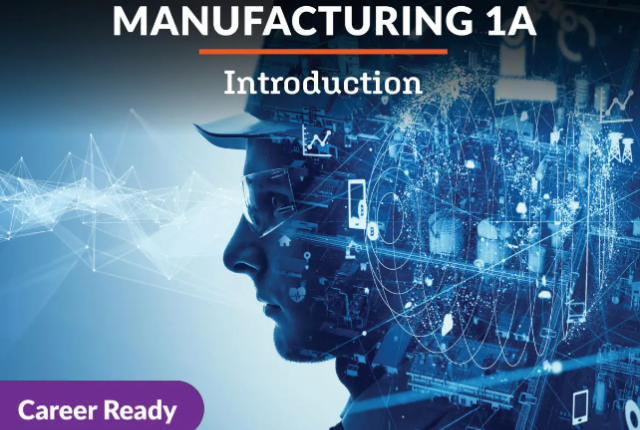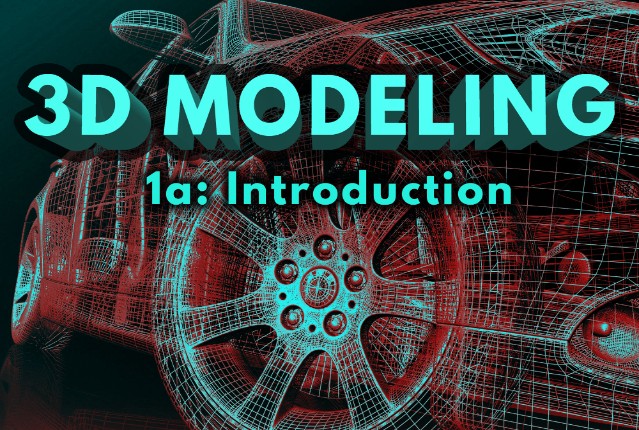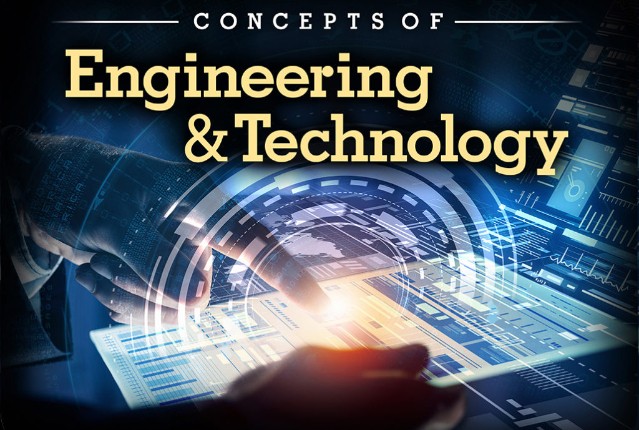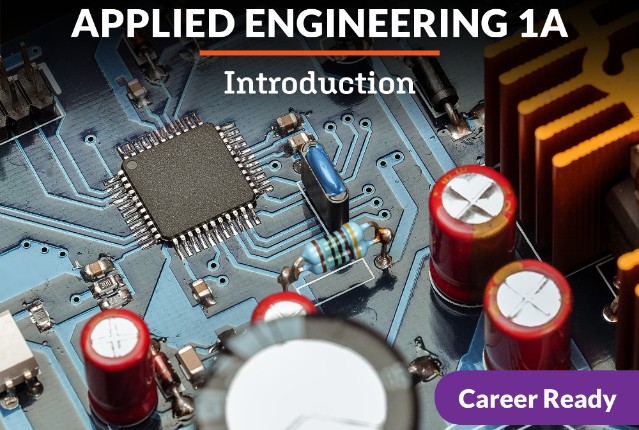
Manufacturing 1a: Introduction
Do you ever look at your man-made surroundings and find yourself fascinated at how it was created? Modern manufacturing is the answer. In this course, you will learn the big picture of manufacturing- categories, how companies decide what to produce, and how companies produce it- and making items in the most cost-effective way. You will also study the history of manufacturing technologies, so you can see the future possibilities for manufacturing more clearly as you start to do activities where you’ll learn how your ideas can become a reality. Get ready to unveil how modern manufacturing creates the world we live in. Let’s get started!
Review course outlineAccess for a year
USD 299.00*
* Choose more courses to get a discount




